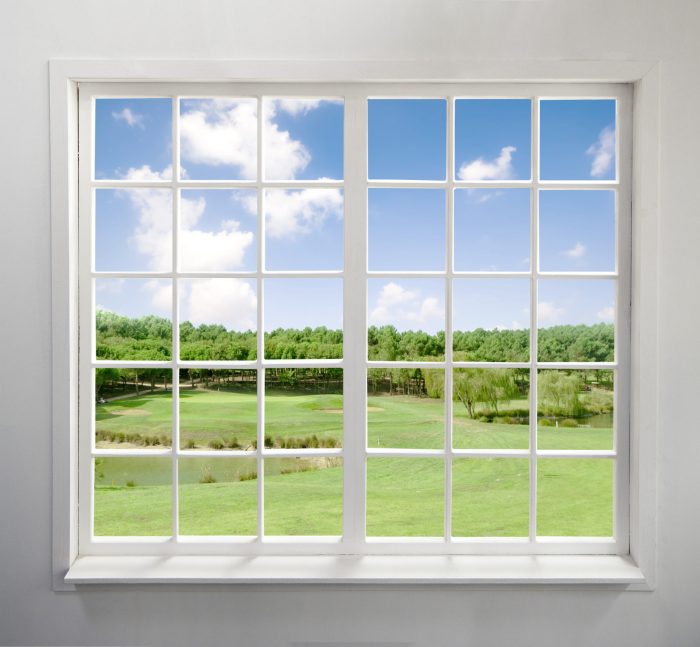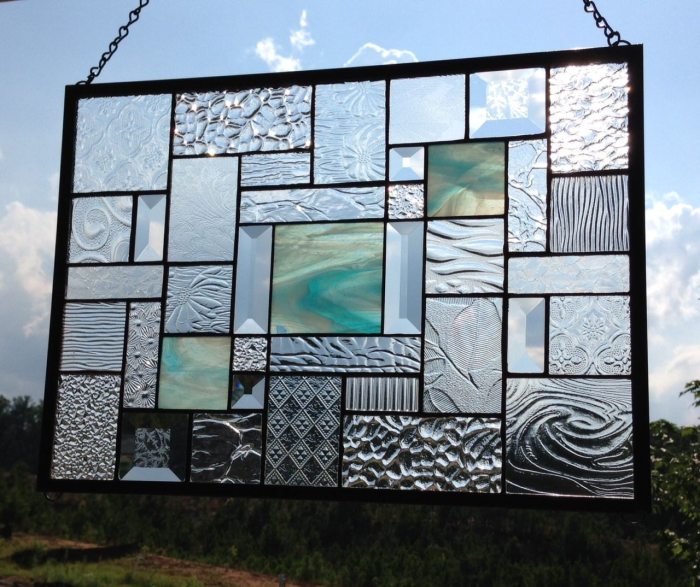How to make glass pane – Embark on a journey to master the art of glass pane creation! This guide unveils the intricacies of glass manufacturing, empowering you with the knowledge and techniques to transform raw materials into exquisite glass panes.
From understanding the science behind glass composition to wielding tools for cutting and shaping, this comprehensive guide equips you with the essential knowledge and skills to navigate the world of glassworking.
Glass Manufacturing Process

The manufacturing of glass panes involves several distinct stages, each contributing to the final properties and characteristics of the glass. These stages encompass the selection and preparation of raw materials, melting and forming, annealing, and surface treatment. The specific techniques employed in each stage can vary depending on the desired type of glass and its intended application.
Raw Materials
The primary raw materials used in glass manufacturing are silica sand (silicon dioxide), soda ash (sodium carbonate), and limestone (calcium carbonate). These materials are carefully proportioned and mixed to achieve the desired glass composition and properties.
Melting and Forming
The raw materials are melted in a furnace at temperatures exceeding 1500°C (2732°F). The molten glass is then subjected to various forming techniques to create the desired shape and thickness of the glass panes. Common forming methods include float glass, rolled glass, and cast glass.
Annealing
After forming, the glass panes undergo a controlled cooling process called annealing. This process involves gradually cooling the glass over a period of time to relieve internal stresses and improve its strength and durability.
Surface Treatment

Depending on the intended application, the glass panes may undergo additional surface treatments to enhance their properties or appearance. These treatments may include tempering, laminating, or coating the glass with specialized materials.
Glass Composition and Properties
The chemical composition of glass plays a significant role in determining its properties and characteristics. The primary components of glass are silica (silicon dioxide), soda (sodium oxide), and lime (calcium oxide). The proportions of these components can be varied to create different types of glass with specific properties.
Soda-Lime Glass

Soda-lime glass is the most common type of glass used in various applications. It contains approximately 70% silica, 15% soda, and 9% lime. Soda-lime glass is relatively inexpensive to produce and offers a good balance of strength, transparency, and chemical resistance.
Borosilicate Glass
Borosilicate glass, also known as Pyrex, is a type of glass with a high silica content (approximately 80%) and a low coefficient of thermal expansion. This makes it highly resistant to thermal shock and suitable for applications where extreme temperature changes are encountered.
Lead Crystal
Lead crystal is a type of glass that contains a significant amount of lead oxide (typically 24% or more). Lead crystal is known for its high refractive index, which gives it a brilliant sparkle and clarity. However, due to its lead content, lead crystal is not suitable for use in food or beverage applications.
Glass Cutting and Shaping: How To Make Glass Pane
Once the glass panes are manufactured, they can be cut and shaped to meet specific requirements. Various methods can be employed for glass cutting, including the use of glass cutters, wet saws, or laser cutters.
Glass Cutters
Glass cutters are handheld tools that utilize a small, hardened wheel to score the surface of the glass. By applying pressure and dragging the cutter along a straight edge, a controlled break can be created along the scored line.
Wet Saws
Wet saws are power tools that use a diamond-tipped blade to cut through glass. Water is used as a coolant and lubricant during the cutting process, reducing friction and preventing the glass from overheating and cracking.
Laser Cutters
Laser cutters utilize a high-powered laser beam to cut through glass. This method offers precise and intricate cutting, making it suitable for complex shapes and designs.
Glass Installation and Maintenance
The installation of glass panes requires careful planning and execution to ensure a secure and aesthetically pleasing result. Various factors need to be considered, including the type of glass, the size and shape of the opening, and the intended application.
Installation Methods

The most common methods for installing glass panes include glazing, which involves securing the glass using a sealant and glazing beads, and framing, where the glass is held in place by a frame made of wood or metal.
Maintenance
Regular maintenance is essential to preserve the condition and appearance of glass panes. This includes cleaning the glass surfaces, inspecting for any damage or cracks, and repairing or replacing damaged panes as necessary.
Applications of Glass Panes
Glass panes find widespread applications in various industries and sectors due to their unique properties and versatility. Some of the most common applications include:
Construction
Glass panes are extensively used in the construction industry for windows, doors, skylights, and curtain walls. They provide natural light, enhance the aesthetics of buildings, and offer protection from the elements.
Automotive, How to make glass pane
Glass panes are essential components of vehicles, serving as windshields, windows, and mirrors. They provide visibility, safety, and contribute to the overall design of the vehicle.
Electronics
Glass panes are used in electronic devices such as smartphones, tablets, and televisions. They serve as protective screens, touchscreens, and display panels.
Questions Often Asked
What are the key steps in glass manufacturing?
The glass manufacturing process involves melting raw materials, forming the molten glass into panes, and annealing it to relieve stress.
How does the chemical composition of glass affect its properties?
The composition of glass, such as the presence of silica, soda, and lime, influences its strength, transparency, and other physical and optical properties.
What safety precautions should be taken when cutting and shaping glass?
Always wear protective gear, use sharp tools, and score the glass deeply before breaking it. Handle glass fragments with care to avoid injuries.
